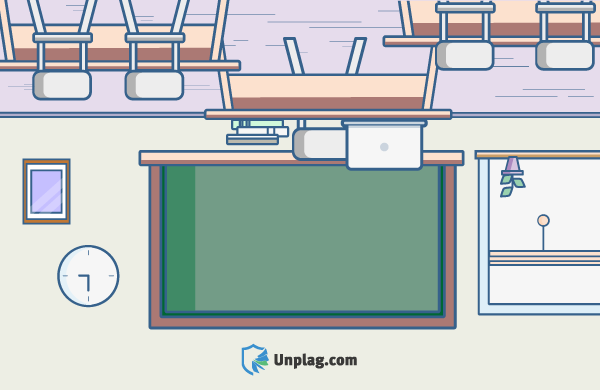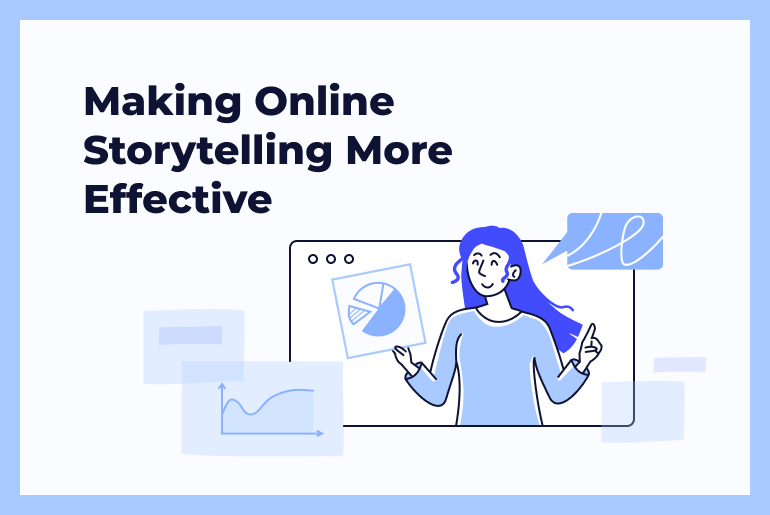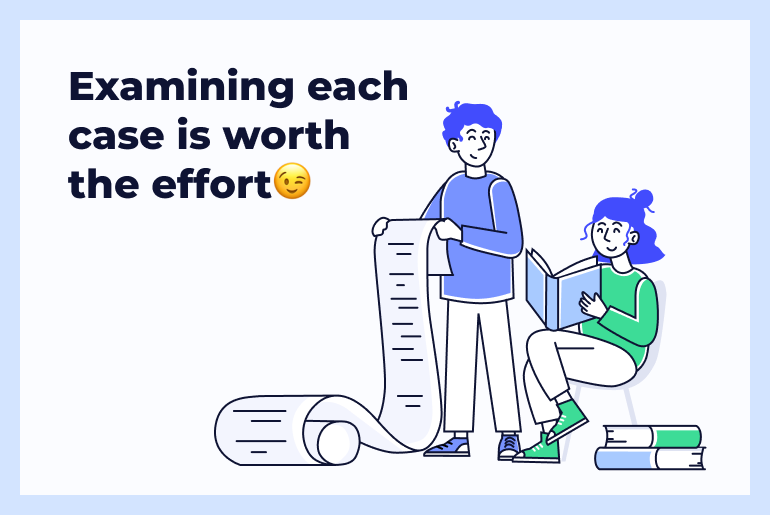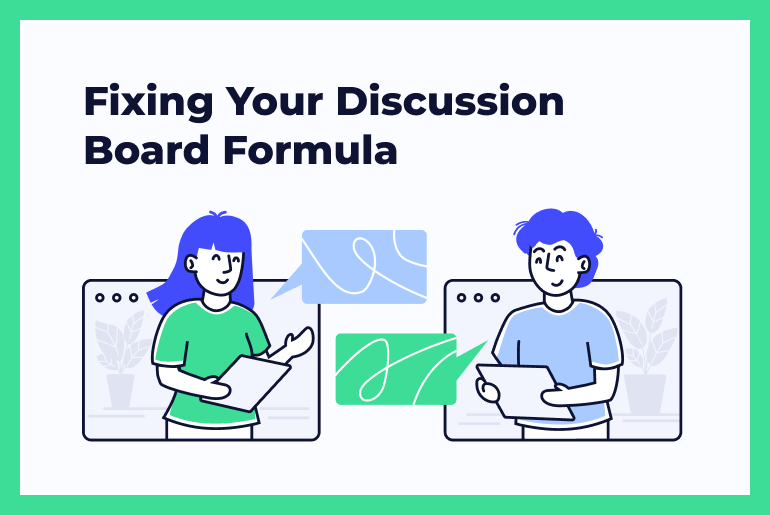Many years ago I had a conversation with my niece about her homework. I made some recommendations on how to motivate yourself to do homework. However, she expressed how she was never so eager to get to her assignments as she was with her history and geography classes. That seemed odd for a Grade Ten student. She went on to tell me that both classes were part of the experimental “flipped classroom” model that was launched at her school. Eager to learn more, I was enthralled.
I soon found myself reading more about this great approach to the modern delivery of course content and particularly dealing with teens and their learning needs in the classroom. Generally speaking, the “flipped classroom” is a pedagogical model. The typical lecture and homework elements of a course are reversed. Students deal with reading material, content and more often short video style lectures at home before the class session. This frees up the in-class time to work on discussions, exercises, projects, and more.
Flipping Is Not New
Back at the turn of the century, American philosopher and educator John Dewey propounded that the most effective learning is centred on the student. The teacher is the facilitator that leads a program that allows students to show mastery in a variety of ways. This approach forces teacher to reflect on their methods and motivates them to bring more resources, particularly technology based, into their lessons. Learning has to remain the focus for Dewey’s ideologies to permeate the schools, and flipping the plan is only the beginning.
How Does It Work?
No one model makes up the flipped classroom strategy. Curriculum content can be covered through the presentation of pre-recorded video or online lectures to be viewed before class time. Sometimes online questions, activities and/or quizzes are interspersed with the content to be covered. Feedback on this pre-class work can be instant. Points of confusion with the content can be clarified. Students can watch content multiple times if that is the way they need to absorb the material. Pause, take notes, take the quiz again, replay… it’s all under the learner’s control.
In class, teachers can work with a variety of strategies from leading discussions, to collaborations for activities, practice of concepts (great for math), reviewing case studies… anything that can draw on the content the students have so recently been exposed to. In an art class, this could be applying a technique such as Pointillism to their work after watching video about the great Impressionists who embraced it. In a geography class, watching a video about bringing a water purification system to a Third World village could be the starting point for group work in the classroom evaluating the merits of other Third World projects. In my nieces’ class, this very discussion led the class to get involved in well building in their adopted village in Guatemala. A student work/study excursion to the village in spring break was a highlight.
Who is Flipping Their Classroom?
There is an increase in the model of the flipped classroom becoming the choice for teachers at middle, secondary and college level courses. Anywhere teachers can record their own lectures, podcast, or tap into resources that present content for their students, the flipped approach can work. Hybrid course design, active learning, and student engagement are becoming more available options for teachers in many settings, given the technology are available to teachers and students alike. Teachers who want to operate more as coaches, advisors or facilitators gravitate towards this style of program.
Why It Works
Measuring the success of a classroom, the delivery, and the program, can’t be found just in test results.
When the class provides a mixture of direct instruction and constructivism, it is much easier for students to keep up.
Missed classes can be watched at home, instruction can be delivered and reviewed at the student’s pace, and valuable class time can focus on the holes and gaps that require more understanding. Teachers using this model can learn more about the successes of others using twitter in the classroom and online forums. The common thread is that the flipped classroom has truly individualized learning for students.
Getting Started
Changing a traditional classroom into one that embraced the philosophy of the flipped classroom takes planning. And teachers are born planners! It starts with a teacher doing what they do so well – explaining a concept, but done in a video. It can be by means of screen capture tools or presentation software with a voice over. Animated teachers, and ones who excel in front of an audience, will easily embrace being on camera. Teachers can also be creative, another place where they can be effective. There are plenty of tips and hints for developing great video content from other teachers and experts on the Internet.
Share the video with the students! Even starting with one video at a time can be a slow and gradual way to change your teaching style, and to have your students adapt. Give the students the flexibility to watch the video alone or with friends, classmates, family members from any device. Encourage them to replay any parts they need to and provide reading to support the material. Make sure they know you expect them to come to class with questions and observations, as well as the knowledge. Take the next step when this first video lesson is successful.
Reinvent how you use class time. Use it for engaging in practical and collaborative ways Free up yourself to personalize the learning experiences. Circulate to help individuals or small groups. Use more of a “learn and do” strategy rather than typical “sit and listen” style.
My niece learned a great deal about how a bill becomes a law in the video her history teacher produced. In class, each group developed a bill based on a need for a change in law in our society, and using role-play and their understanding of the steps in passing legislation participated in mock debate and committee discussion about each law. Participation was heated and this section of the written exam demonstrated mastery of the content by students of many abilities. Flipped classrooms work!
Check out our recent post on how to implement hybrid learning model into the classroom.





